7 Tips to Know Before Buying Decorative Pots For Indoor Plants
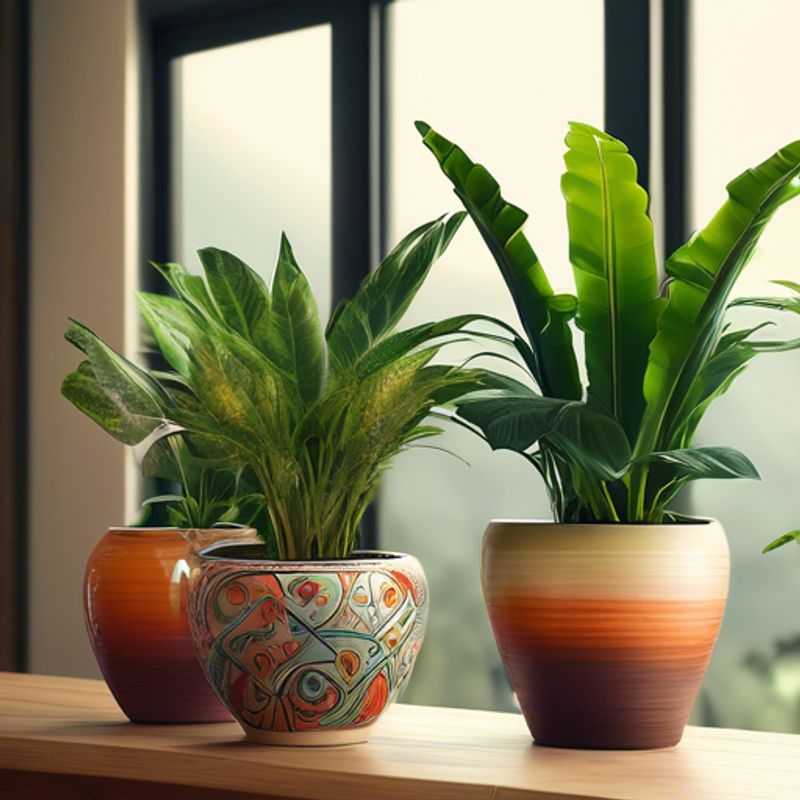
7 Tips for Choosing the Perfect Decorative Pots for Your Indoor Plants
Choosing the right decorative pot for your indoor plants is a crucial step in creating a thriving green oasis within your home. It's not just about aesthetics; the pot plays a vital role in your plant's health and well-being.
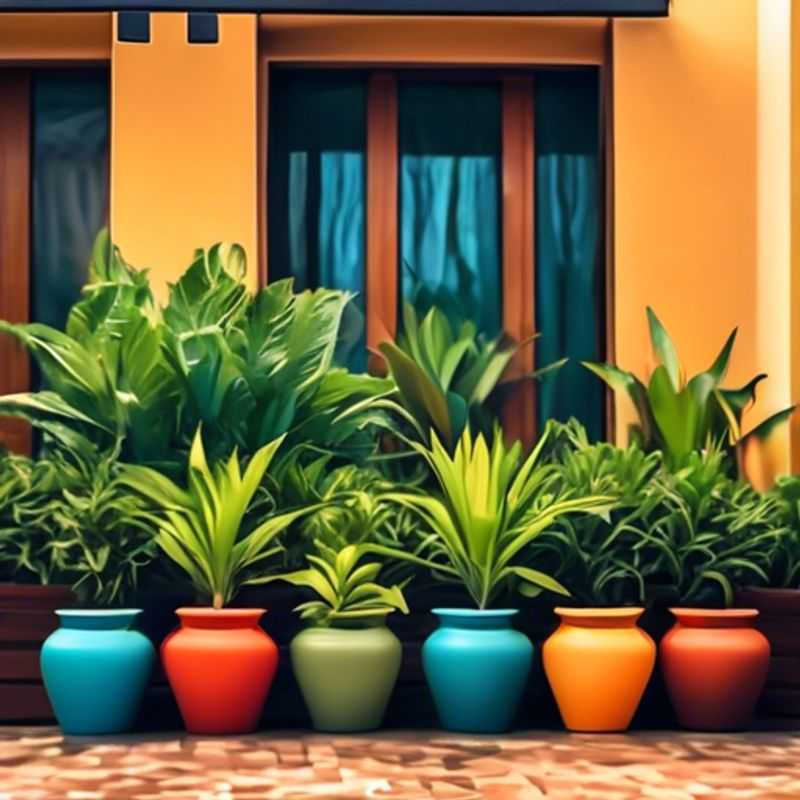
The Perfect Pot: Matching Size and Shape to Your Plant's Needs
Choosing the right pot for your plants is crucial for their health and growth. The size and shape of the pot directly impact the plant's root system, water retention, and overall well-being.
Consider the size of the pot in relation to the plant's root ball. A pot that is too small will restrict root growth, leading to stunted development and potential stress. A pot that is too large, on the other hand, can cause overwatering and root rot as the soil stays wet for longer periods.
The shape of the pot can also play a role. Wide, shallow pots are great for succulents and cacti, while deeper pots work better for plants with extensive root systems, such as tomatoes and peppers.
Drainage is essential. Ensure the pot has drainage holes to prevent waterlogging and root rot. You can even add a layer of gravel at the bottom of the pot to improve drainage.
The material of the pot also matters. Terracotta pots are porous and allow for good air circulation, but they can dry out quickly. Plastic pots retain moisture better, but they can also trap heat. Choose the material that best suits your plant's needs and your watering habits.
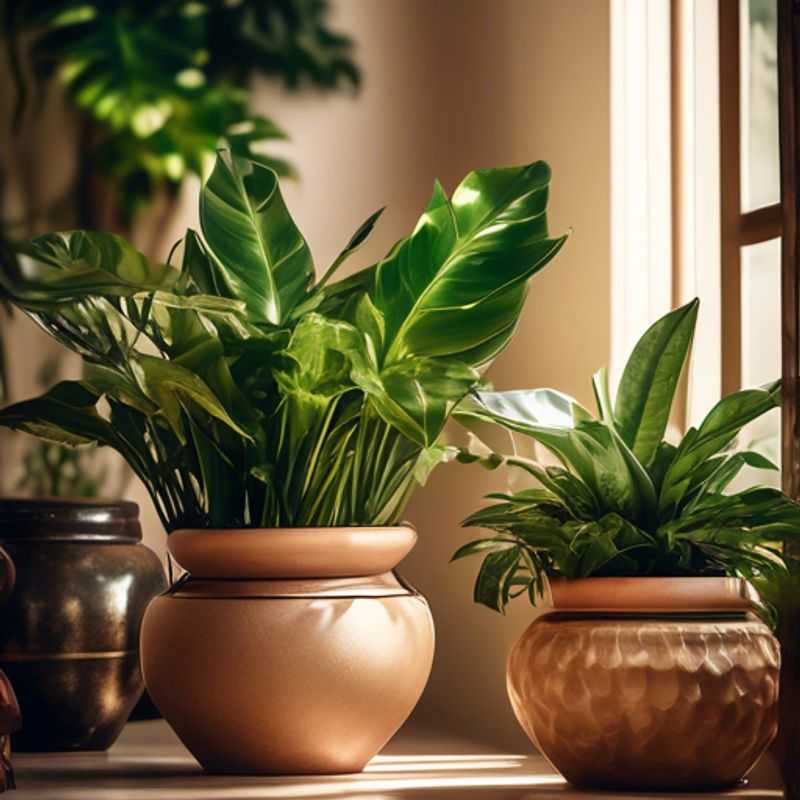
Keep Your Plants Happy: Choosing Pots with Excellent Drainage
Root rot is a common problem for plant owners, and it's often caused by overwatering. Overwatering happens when the soil stays too wet for too long, suffocating the roots and leading to decay. To combat this, choosing pots with good drainage is crucial.
The most important aspect of a pot's drainage is its drainage holes. Ensure the pot has adequate holes in the bottom to allow excess water to drain freely.
The material of the pot also plays a role. Terracotta pots are known for their porous nature, which allows water to evaporate faster, reducing the risk of overwatering. Plastic pots, while more affordable, can retain moisture for longer, making them more susceptible to root rot.
When selecting a pot, consider the size of the plant. Choose a pot that is just slightly larger than the root ball. Too large a pot can hold too much water, leading to root rot.
If you're concerned about root rot, use a well-draining potting mix. These mixes are formulated to allow for good air circulation, reducing the chances of the soil becoming waterlogged.
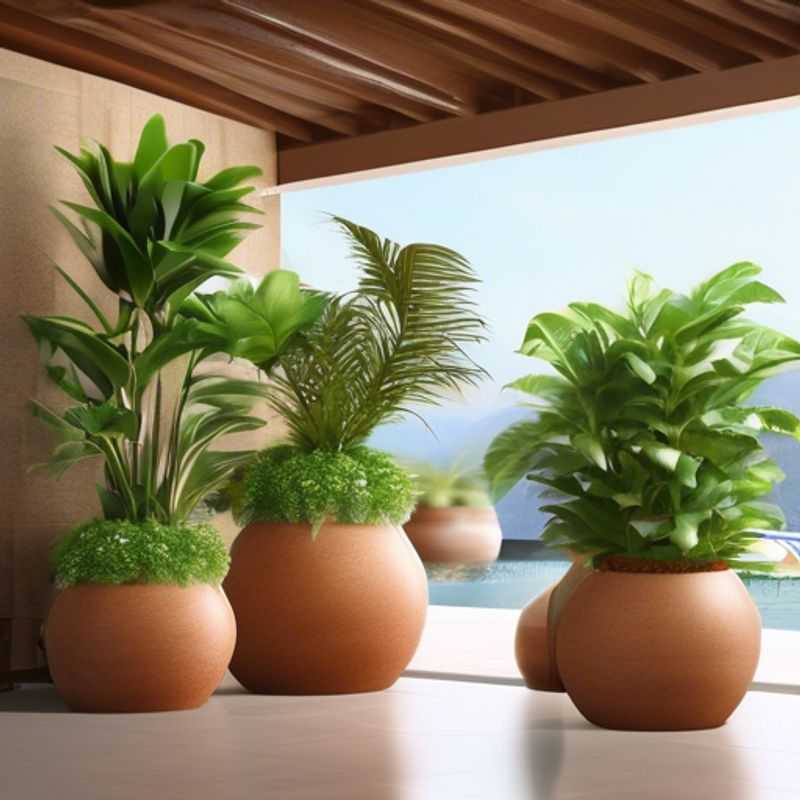
Choosing Materials that Complement Your Home Decor: A Guide to Harmonious Design
Choosing the right materials for your home decor can dramatically impact the overall feel and functionality of your space. Consider the style of your home - is it modern, traditional, rustic, or eclectic? The materials you choose should complement this style. For example, sleek metal and glass might suit a modern aesthetic, while warm wood and natural fabrics would be more fitting for a rustic style.
Think about the function of the space. For high-traffic areas like kitchens and bathrooms, durable and easy-to-clean materials are essential. Consider materials like tile, natural stone, or laminate for these spaces. For areas like bedrooms and living rooms, you might opt for softer textures like wool rugs or linen upholstery.
Sustainability is an important factor to consider. Choosing eco-friendly materials, like bamboo or reclaimed wood, can reduce your environmental impact. Budget plays a significant role. While some materials like natural stone and hardwood can be expensive, there are budget-friendly alternatives available like engineered wood or tile.
Remember, choosing materials that complement your home decor is a personal journey. Explore different options, consider your needs and preferences, and don't be afraid to experiment.
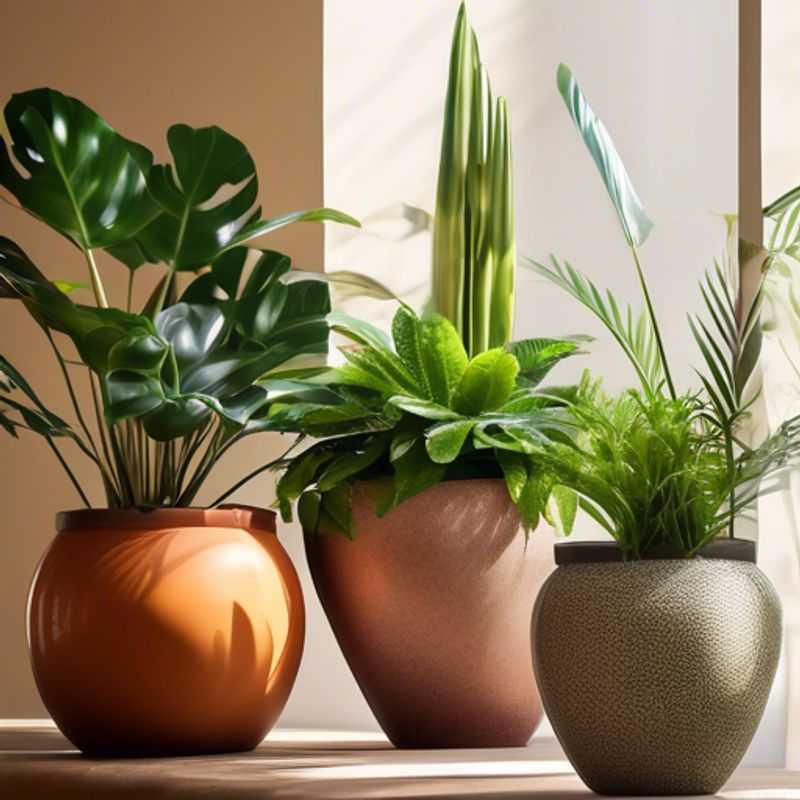
Lightweight Pots: The Smart Choice for Frequent Movers
If you plan to move your plants frequently, opting for lightweight pots is essential for convenience and ease. Heavy pots can be cumbersome and may lead to injury or damage during transportation. Lightweight materials such as plastic, fiberglass, or resin are ideal choices, as they reduce the overall weight significantly compared to traditional ceramic or concrete pots.
When selecting lightweight pots, consider factors like durability and weather resistance. Some lightweight options may not withstand harsh weather conditions as well as heavier materials. Additionally, ensure that the pots have adequate drainage holes to prevent water accumulation, which can harm plant roots.
When estimating your budget for lightweight pots, keep in mind potential costs for purchasing, soil, and plants. Prices for lightweight pots can vary widely, typically ranging from $10 to $50, depending on size and brand. If you plan to purchase multiple pots, consider bulk buying to save on costs.
Lastly, remember to factor in any shipping fees if you're ordering online, as this can affect your overall expenditure. By prioritizing lightweight pots, you will enjoy a more flexible and enjoyable gardening experience.
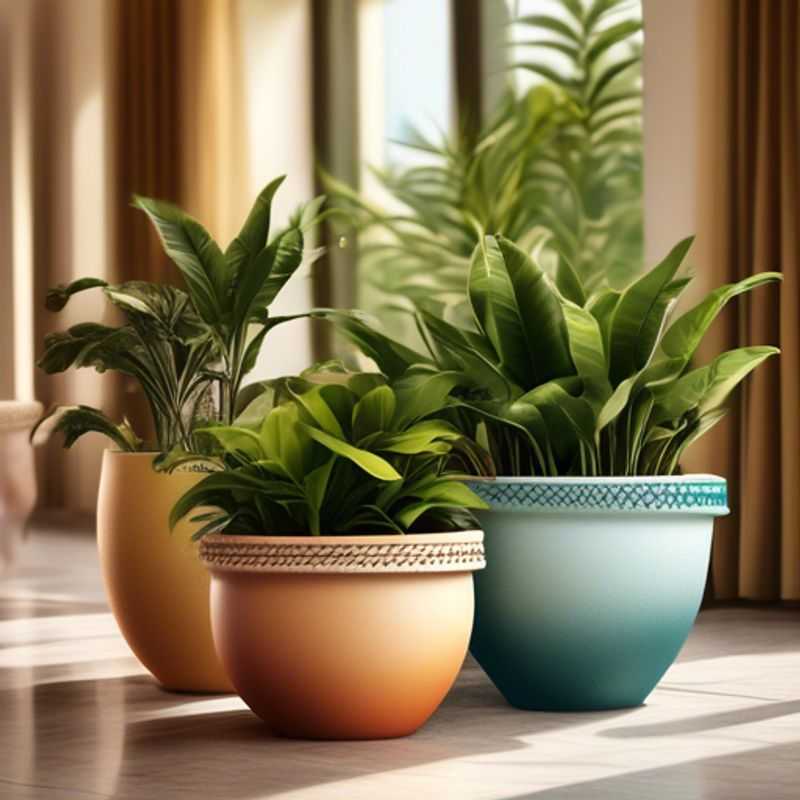
Pottery Care: Checking for Special Instructions
When caring for your plants, it's crucial to understand the material of your pots. Different materials have different care requirements that can affect the health of your plants. For example, terracotta pots are porous and allow for good drainage, but they can also dry out quickly. This means you might need to water more frequently. On the other hand, plastic pots are more durable and retain moisture better, potentially leading to overwatering if not monitored carefully. Ceramic pots, often glazed, can be decorative but may not be as porous as terracotta. Always refer to the care instructions specific to your chosen pot material to ensure your plants thrive.
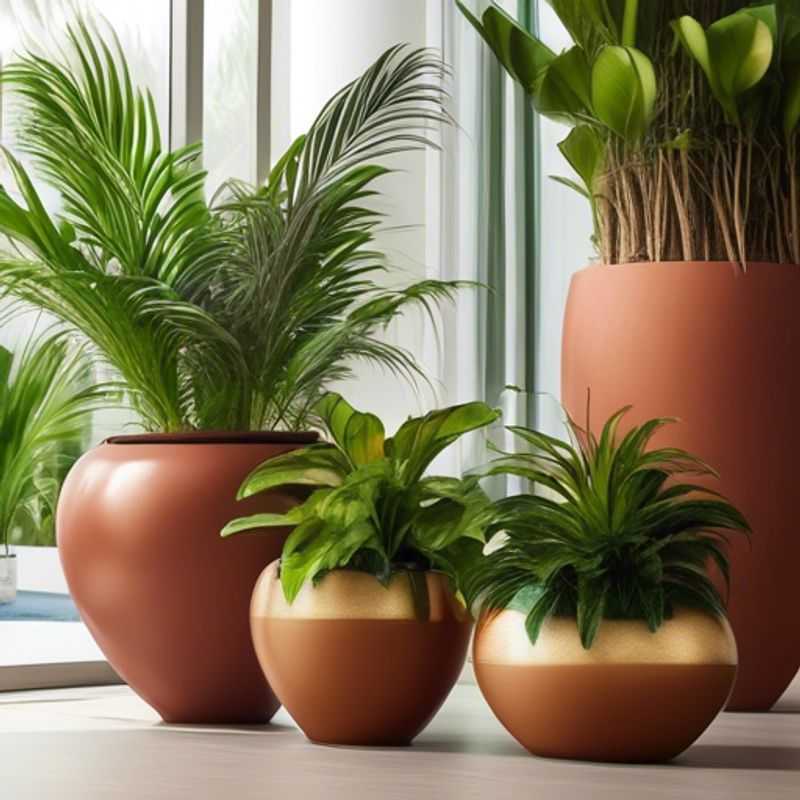
Unlocking Flavor: Why Proper Ventilation Matters in Your Pot
Proper ventilation is crucial when cooking, especially when using pots with lids. It prevents the buildup of steam and pressure, which can lead to dangerous situations. Ensure your pot has adequate ventilation holes or a vent in the lid to allow for proper air circulation. This helps prevent the food from overcooking or steaming, ensuring even cooking and a delicious meal.
In some cases, you might need to manually vent the pot by slightly lifting the lid or opening a vent during cooking. Always be mindful of the heat and steam, and use caution when working with hot pots.
Remember, proper ventilation is an important safety and culinary practice. By ensuring adequate ventilation, you can enjoy a safer and more efficient cooking experience.
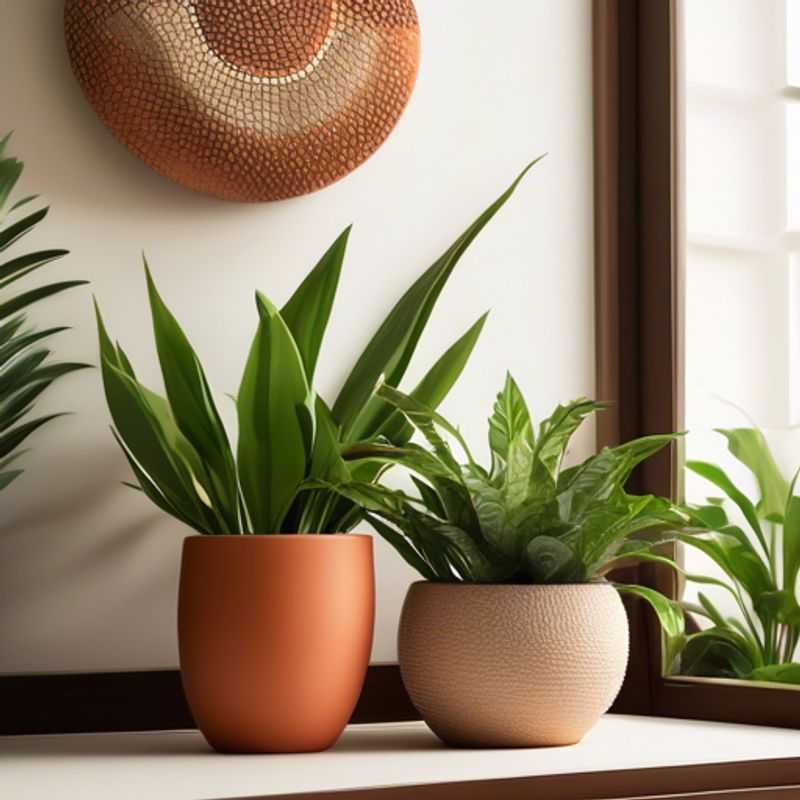
Stable Foundations: Choosing Pots with a Sturdy Base
Stability is paramount when choosing pots for your plants. A sturdy base is crucial to prevent tipping, especially with heavier plants or those prone to swaying in the wind. Look for pots with a wide base and a low center of gravity. Consider the weight of the plant and the pot material when assessing stability. You can even add extra weight to the pot by placing small rocks or pebbles at the bottom for added security. Remember, a well-balanced pot provides a safe and stable environment for your plants to flourish!
